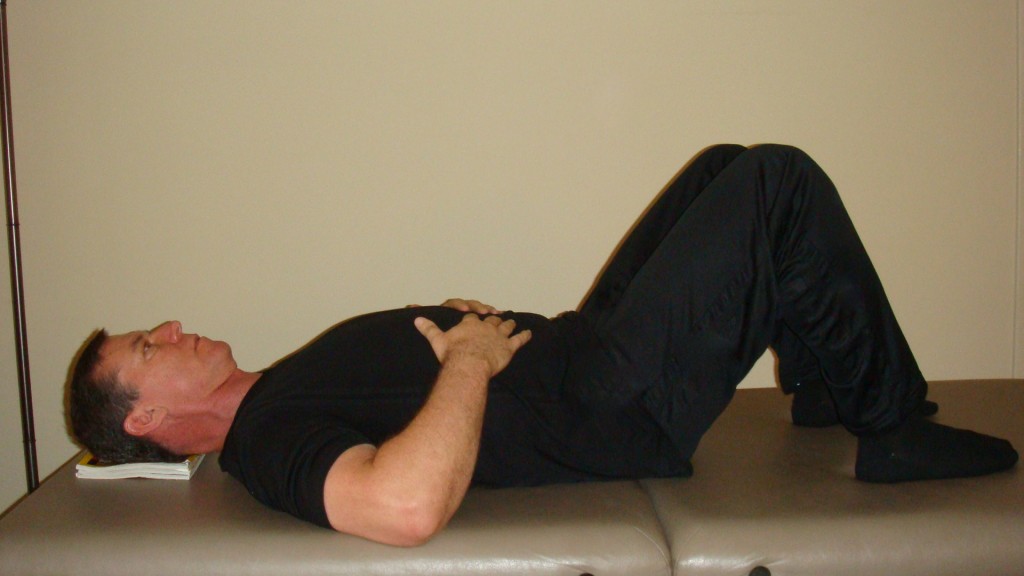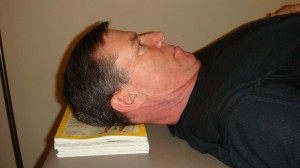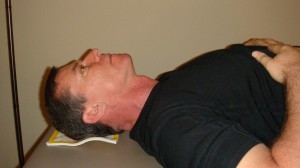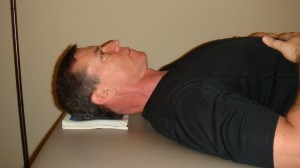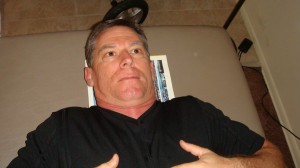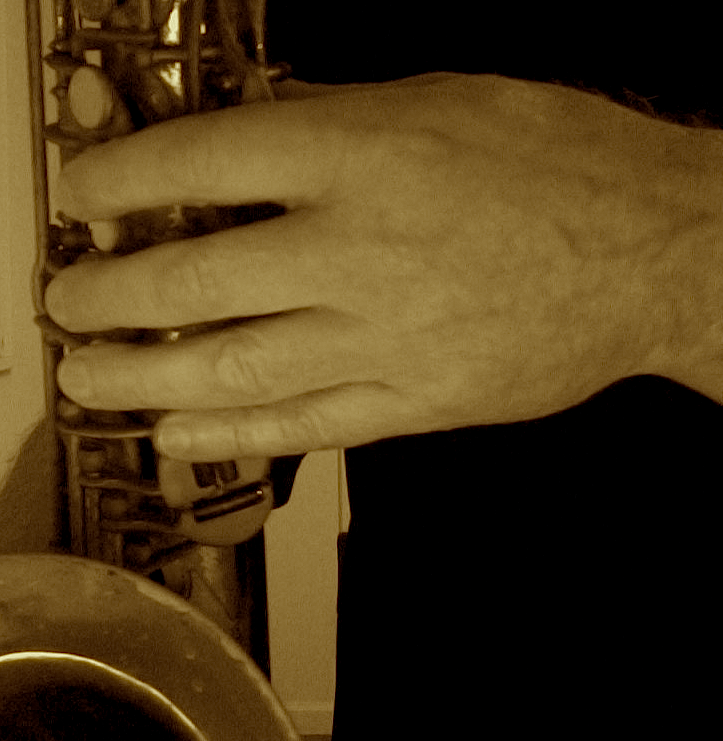For serious musicians, artistic growth comes in many forms, from many sources and from a variety of motivations. As I observe and ponder some of my favorite musicians, I notice that they tend to aim their growth primarily in one direction or the other. They either expand upon what they do by looking ever outward, or expand what they do by looking ever inward. I’ll explain what I mean.
My friend, multi-woodwinds virtuoso Vinny Golia, is a classic example of a musician who is constantly motivated to grow by looking outward. Vinny already plays a vast array of woodwind instruments: all the saxophones (and I mean all the saxophones), clarinets, flutes, some double reed instruments and a ton of so called “ethnic” wind instruments from around the world, like the Bulgarian kaval (end-blown flute) for example.
Vinny can make compelling music on any of these instruments in a large variety of improvisational music settings, from modern jazz to chamber. He is also one of the most musically literate people I’ve ever met. He’s listened to (and continues to listen to) every kind of music imaginable. If you mention a seemingly obscure artist or recording to him, he’ll go on for 10 minutes with insights and knowledge (and his love) about the music as if he were getting ready to write a book about it.
Besides having the privilege of performing and recording in some of his ensembles, I also had the pleasure of spending about 4 weeks with him out on the road many years back while touring with the Michael Vlatkovich Group. We roomed together quite a bit on that tour and talked every night about music.
At the time, I was transitioning from being somewhat of a doubler (only playing 4 or 5 different saxes and flutes) to playing the tenor sax exclusively. To Vinny, this seemed curious to say the least, almost like I was moving backward instead of forward. Not only that, I was narrowing my scope of study and even my scope of musical interest. Again, why?
We talked long about this, and about our own personal paths and musical curiosities. For me, I had lost any expressive passion or interest in my woodwind doubles. I simply wasn’t feeling or hearing it any longer.
By contrast, my interest in going deep into the sound possibilities of the tenor saxophone was nothing short of an obsession. Also, I was singularly interested in developing a specific type of tonal language based upon wider intervals that supported the kinds of tone colors I was exploring.
Because of this, I was practicing in a more narrow way than ever before. I was no longer interested in developing my harmonic capabilities, no longer interested in adding repertoire, no longer interested in exploring new styles of playing.
In essence, I was looking inward. I was looking toward ever increasing depth, exploration and expressive possibilities with fewer and fewer elements and influences.
Vinny on the other hand, was adding more instruments, listening to and studying more musical genres, studying more compositional disciplines, pushing more boundaries. He was looking outward for his musical growth and expression.
We talked further about this and came up with the terms “macro-growth”, and “micro-growth”. Macro meaning to look outward, globally as it were, at a bigger, ever expanding picture with increasing elements. Micro meaning to look inward at ever increasing details, possibilities and meanings from the elements already at hand (micro-growth, too, is an ever expanding picture, just expanding inward).
Vinny is a macro-growth kind of artist. At the time, I was squarely from the micro-growth school. Prior to that, I had been a macro-growth artist, too. I was listening to and studying as wide an array of jazz and other improvised music genres as I could. For a while, I was even playing around with some ethnic instruments and was studying contemporary chamber music. Then, as I mention above, it all changed.
Since that time, I’ve flowed back and forth from the micro to the macro, spending a lot of time, for example, studying Balkan folk music, and 20th century American classical music (I especially love Charles Ives!)
Now I’m again looking deeply inward, at developing a very particular type of rhythmic control and imagination that requires a very narrow, focused discipline. I find myself practicing a lot over a handful of jazz standards applying what I’ve been studying, with no real intention of ever performing these tunes. They’re just templates for inward exploration.
The point is, you can grow either way. I think of artists like Warne Marsh and Thelonious Monk, who, toward the end of their playing careers, seemed to play fewer and fewer pieces. They just looked further into the expressive possibilities of what they had know for most of their creative lives. Deep knowledge.
In one of my earlier blog posts, I mention a story about Monk playing one tune (Rhythm-n-ing) four times in a single performance. Each version of the piece more amazing than the previous. This can only happen through that kind of inward exploration, finding more and more possibilities. In one song exists an entire universe, if you’re open to seeing and hearing it.
I listened to a recent live concert recording of Lee Konitz playing Too Marvelous For Words, a song he’s been playing for probably 60 years or more. I was astounded at his brilliance and endlessly playful imagination. Each chorus was a matter of him looking more and more inward to discover yet un-played musical treasures.
So how do you grow as an artist? Are you adding more elements, or eliminating elements and looking at the possibility of doing more with less? Maybe you’re doing a little of both. Either direction is a valid path toward growth.
